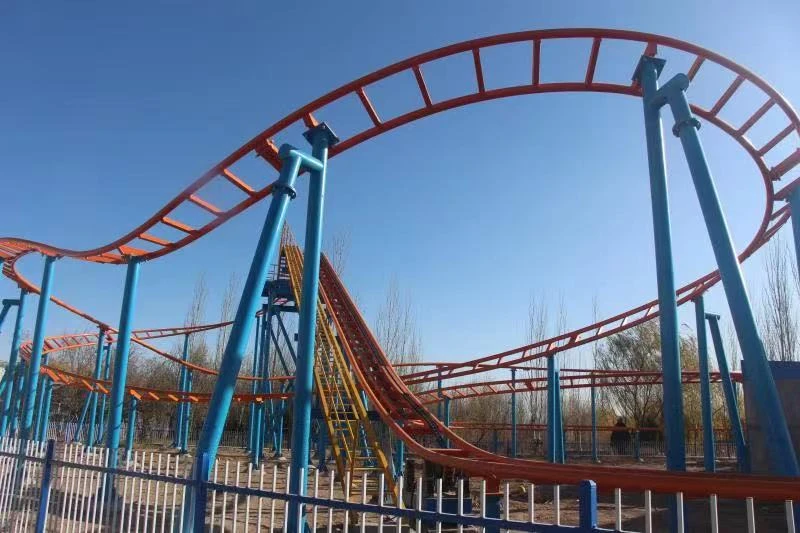- Albanian
- Arabic
- Belarusian
- Bengali
- Czech
- English
- French
- German
- Hebrew
- Hungarian
- Indonesian
- irish
- Italian
- Japanese
- kazakh
- Persian
- Russian
- Thai
- Uzbek
- Vietnamese
vr cinema movie
Exploring the Fascinating World of VR Cinema
Virtual Reality (VR) has transcended its initial boundaries of gaming and interactive experiences, making significant inroads into the realm of cinema. VR cinema represents a revolutionary approach to storytelling, providing audiences with an unparalleled immersive experience that traditional films cannot offer. This article delves into the intricacies of VR movies, their impact on the film industry, and what the future holds for this innovative medium.
The Evolution of Cinema
Cinema has always been about pushing the boundaries of visual storytelling. From the advent of silent films to the introduction of sound, color, and eventually, digital filmmaking, each technological advancement has transformed the way stories are told. The emergence of VR technology is perhaps one of the most groundbreaking developments in this regard. VR cinema allows viewers to step inside the narrative, offering a 360-degree experience that envelops them in a fully realized world, thus changing the viewer’s relationship with the film.
What is VR Cinema?
VR cinema is a genre of film that utilizes virtual reality technology to create an immersive viewing experience. Unlike traditional films that are presented on a flat screen, VR cinema engages the audience by placing them in the midst of the action. With the aid of VR headsets, viewers can look around in a three-dimensional space and interact with the environment. This level of immersion allows for a unique storytelling technique where the audience becomes an integral part of the narrative.
The Experience of VR Movies
Imagine sitting in a café, and instead of simply watching characters converse, you can turn your head to see the barista making coffee in real-time or catch a glimpse of the street outside bustling with activity. VR movies offer this level of engagement, where every turn of the head reveals new angles and hidden details. This sense of presence can evoke stronger emotional reactions, as viewers feel as if they are part of the story rather than mere spectators.
The Creative Potential
vr cinema movie

The creative possibilities of VR cinema are vast and virtually limitless. Filmmakers are experimenting with narrative structures that differ drastically from traditional storytelling. For example, some VR films employ non-linear narratives, where viewers can choose their path through the story, experiencing different outcomes based on their decisions. This interactive dimension not only enhances engagement but also encourages repeated viewings, as each experience can be unique.
Challenges in VR Cinema
Despite its potential, VR cinema faces several challenges. One significant issue is accessibility. High-quality VR equipment can be expensive, limiting the audience to those who can afford it. Additionally, the production of VR movies requires specialized skills and a different approach to cinematography, which can deter traditional filmmakers from exploring this medium.
Another challenge lies in the potential for discomfort. Some viewers may experience motion sickness or disorientation while using VR headsets, which can hinder the viewing experience. Filmmakers must be mindful of these factors to create comfortable and engaging experiences.
The Future of VR Cinema
The future of VR cinema appears promising, with advancements in technology continually enhancing the experience. Improvements in hardware, such as lighter and more comfortable headsets, as well as better graphics, will likely expand the audience base. Furthermore, as more creators experiment with this medium, we can expect an influx of innovative narratives and styles that cater to different preferences.
The integration of other technologies, such as augmented reality (AR) and artificial intelligence (AI), could also shape the future of VR filmmaking. Imagine an AR overlay that enhances the VR experience or AI-driven narratives that adapt based on individual viewer choices—these possibilities could redefine immersion and interactivity in cinema.
Conclusion
VR cinema is at the forefront of a revolution in the film industry, transforming the way we consume and engage with stories. It challenges the traditional boundaries of filmmaking, offering innovative narratives and immersive experiences that captivate viewers. While there are hurdles to overcome, the excitement surrounding this medium is undeniable. As technology advances and creators continue to push their artistic limits, VR cinema promises to reshape the future of storytelling, setting the stage for a new era in entertainment.
-
Flume Ride-Hebei Zhipao Amusement Equipment Manufacturing Co., Ltd.|Thrilling Water Attraction&Customizable DesignJul.30,2025
-
Flume Ride - Hebei Zhipao Amusement Equipment | Water Coaster, Thrilling DescentJul.30,2025
-
Flume Ride - Hebei Zhipao | Thrilling Water AttractionJul.30,2025
-
Flume Ride: Thrilling Water Attraction by Hebei Zhipao|Log Flume Manufacturers&Flume Ride DesignJul.30,2025
-
Flume Ride-Hebei Zhipao Amusement Equipment Manufacturing Co., Ltd.|Thrilling Water Coaster, Safe DesignJul.30,2025
-
Flume Ride-Hebei Zhipao Amusement Equipment Manufacturing Co., Ltd.|Thrilling Water Attraction, Safe DesignJul.30,2025
